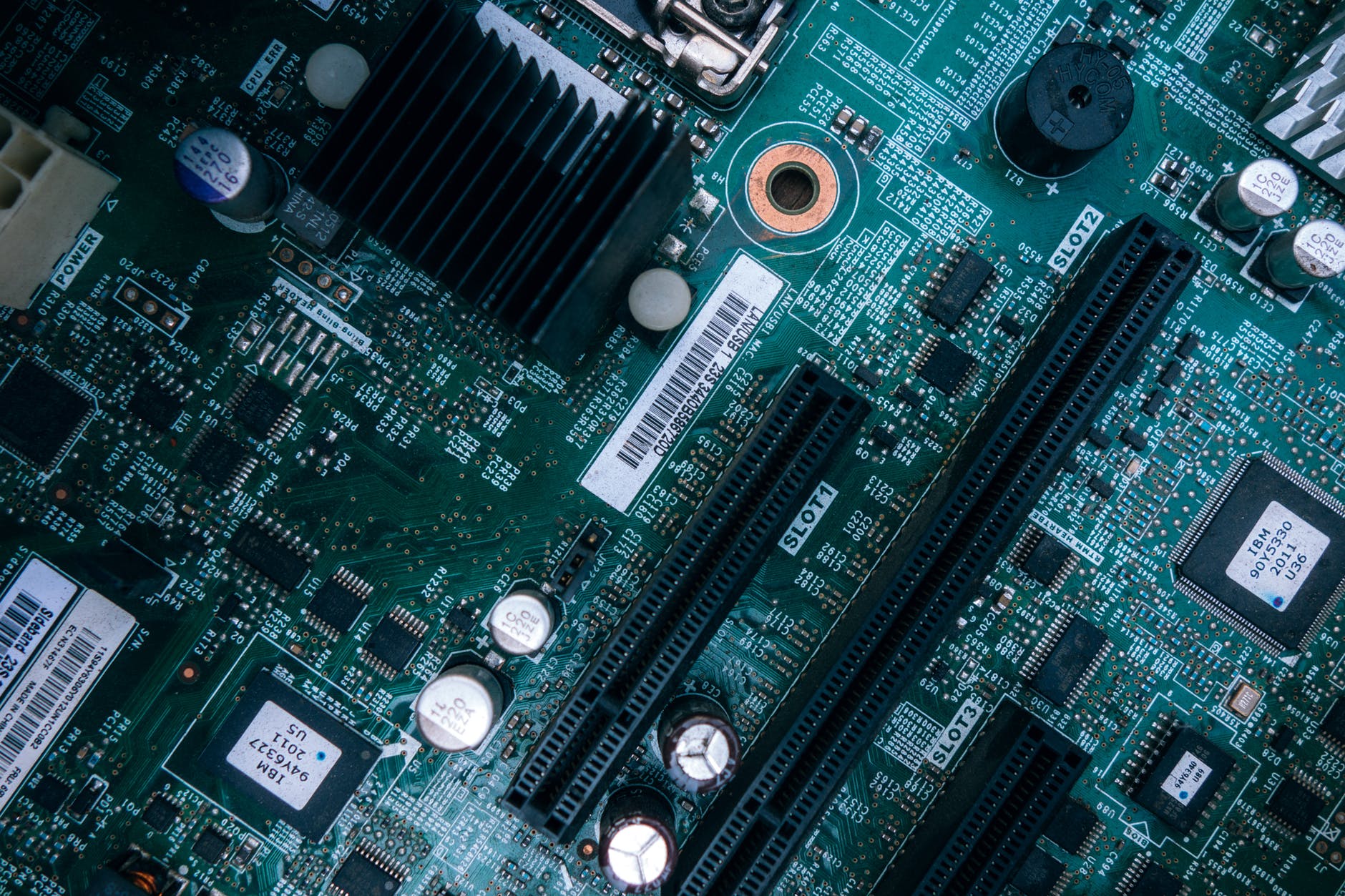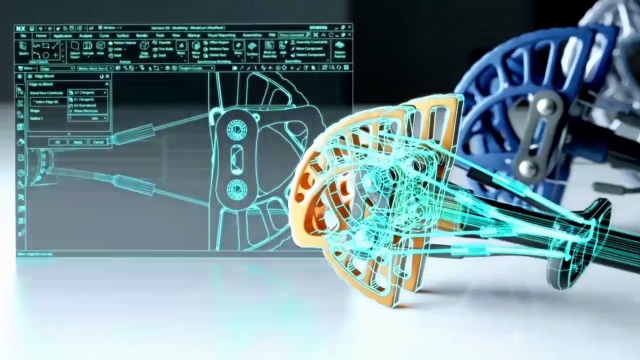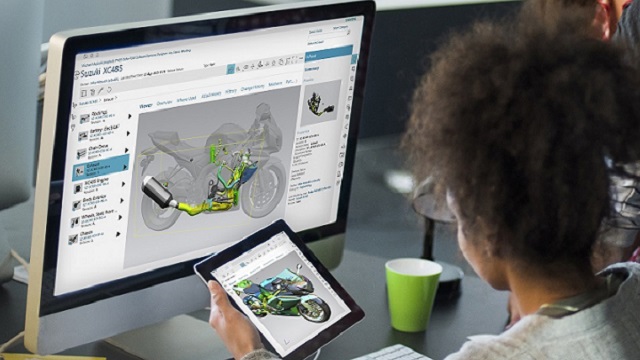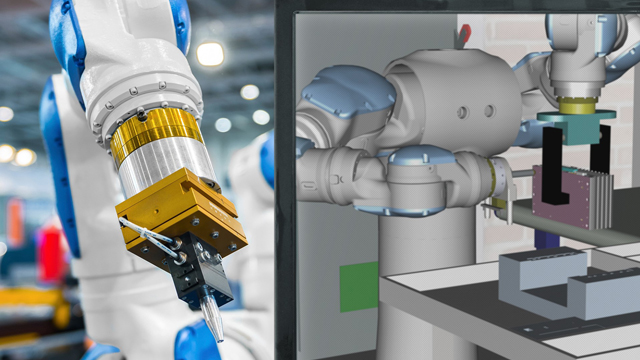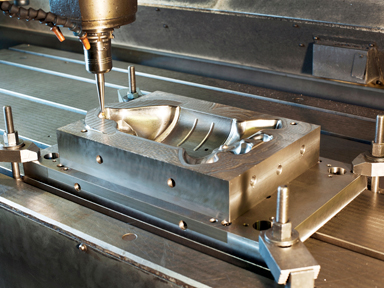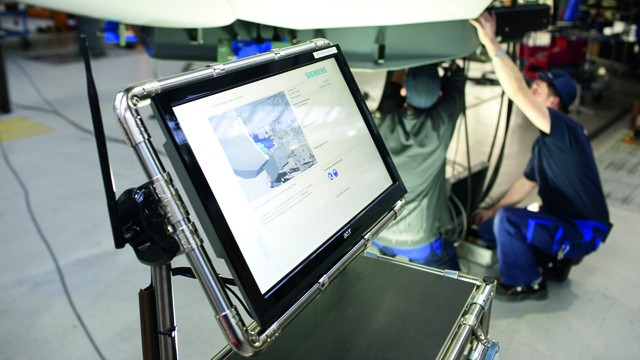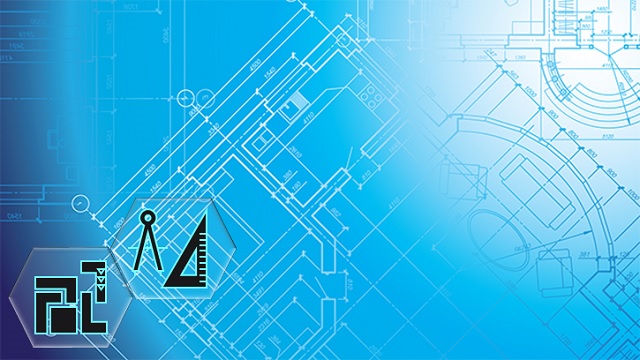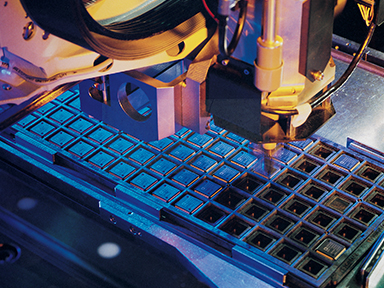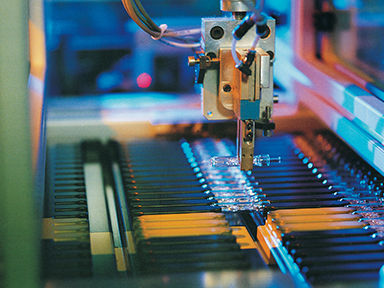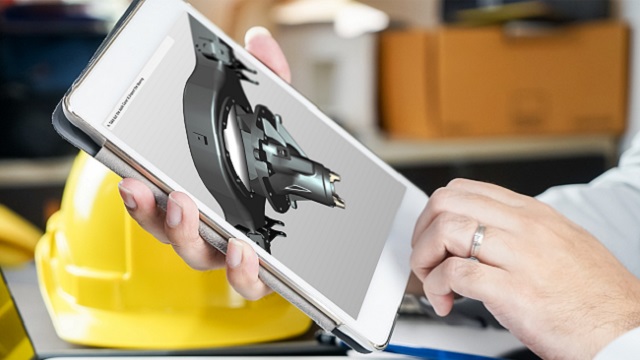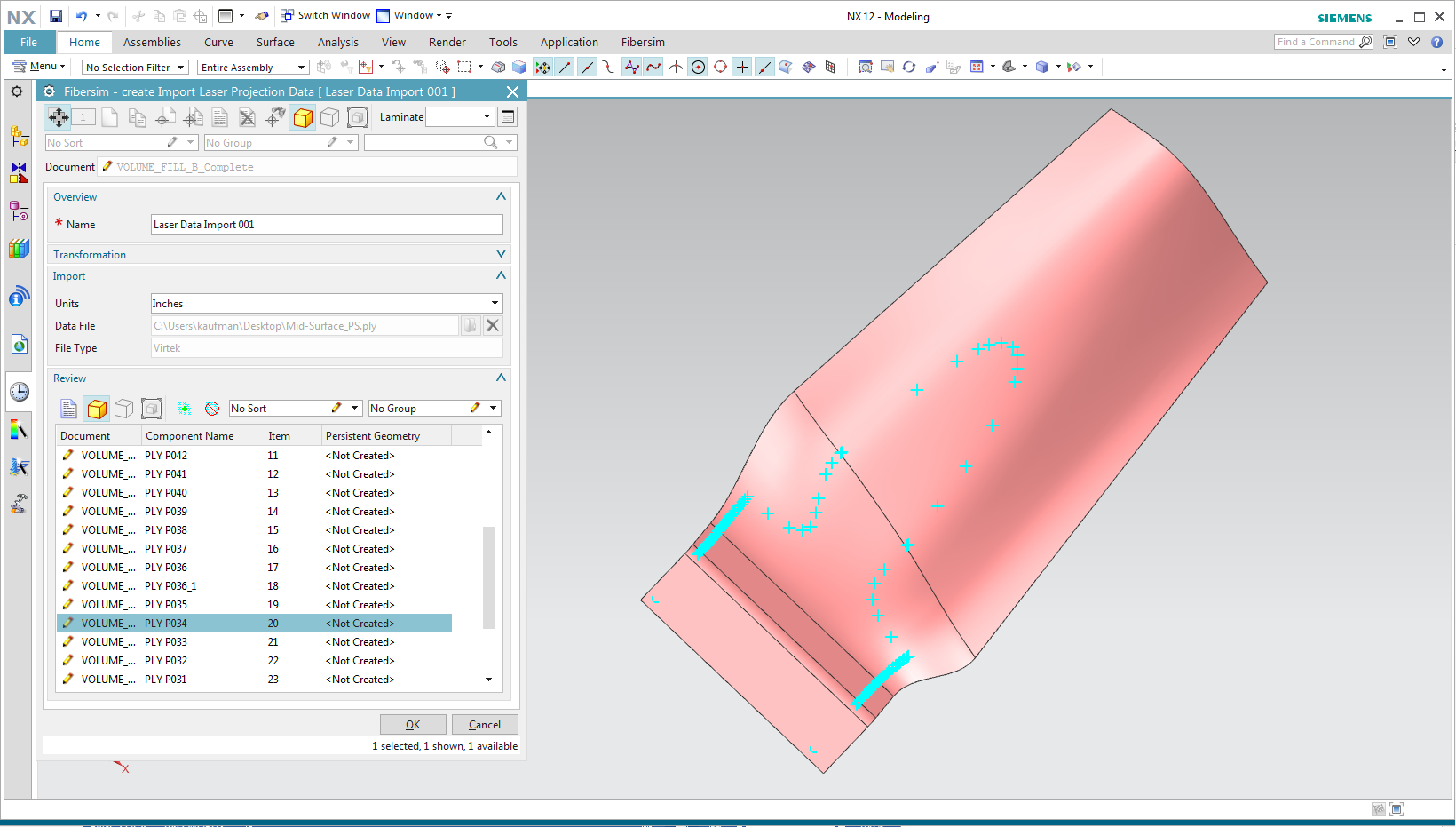-
-
航空航天及国防行业
航空航天及国防企业正在以卓越性能为目标开发前沿的平台和系统。 政府针对全新的飞机和技术正大力推进基础设施和安全系统转型。 创新是其推动力,而在整个航空航天及国防产品生命周期和价值链中实施同步的协同式项目管理则可以促进创新。
-
-
电子和半导体行业
电子和半导体企业需要基于行业典范做法的预配置软件解决方案来实现新产品开发和推广 (NPDI) 的卓越表现。 通过缩短创新和开发周期,实现整个供应链的协作,创建闭环、智能和集成的制造环境
-
工业机械和重型装备工业
重型装备与工业机械已经具备了前所未有的复杂性。 在竞争日益激烈的市场当中,各公司不但要确保不断创新,还要应对复杂性挑战。 Siemens PLM Software 能够助您打造出适当的产品,还能让产品满足需求。
-
-
-
- NX
- Polarion
- Teamcenter
- Simcenter
- Manufacturing Operations Center
- Tecnomatix
- MindSphere
- PLM Components
-
-
-
-
-
Siemens 制造运营管理 (MOM) 软件是一套完整的解决方案,用于实施有助于制造运营实现全面数字化的战略。
Manufacturing Operation Center
-
-
MindSphere
MindSphere is the cloud-based, open IoT operating system from Siemens that connects your products, plants, systems, and machines, enabling you to harness the wealth of data generated by the Internet of Things (IoT) with advanced analytics.
-
PLM Components
PLM Components are 3D software development toolkits that increase the value of CAD, CAM, CAE and related PLM applications by reducing the time, cost and risk of delivering 3D software innovation to your customers.
-
- Mechanical Design
- Electrical & Electronics
- Software Engineering
- Simulation & Test
- Manufacturing Planning
- Factory Automation
- Manufacturing Operations Center
- Performance
-
Simcenter
Siemens NX 软件是一款既灵活又功能强大的集成式解决方案,有助于您更快更高效地提供更优质的产品。 NX 提供了下一代的设计、仿真和制造解决方案,支持公司实现数字孪生的价值。
-
-
-
-
-
-
-
-
-
Manufacturing Composites
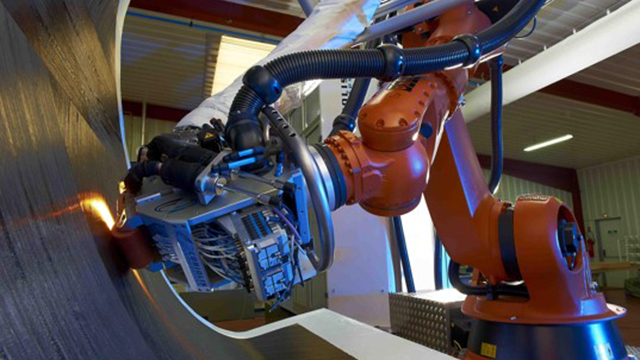 |
Manufacturing Composites
复合材料制造流程不仅复杂,而且非常专业。 只有通过制定一致且可重复的制造流程,公司才能实现降低复合材料产品成本并同时提升质量和生产率的目标。 为此,制造工程师需通过一种准确且高效的方式来使用工程产品定义。 这就需要在设计、分析和制造定义与生产中所用的系统间建立一种自动化关联。 Fibersim 专门用于解决这些难题:它提供了一个“从设计到制造”的智能型复合材料产品开发解决方案,该解决方案完全集成到商用三维 CAD 系统中,从而可打造出在性能、成本、质量和生产率方面都得到优化的产品。 |
|
Composite Manufacturing Integration
Manufacturing a composite part requires data in many different forms with varying requirements – from points in 3D space for laser projection, to clean 2D curves on specific DXF or IGES layers for flat pattern nesting, to 3D ply boundaries in machine coordinates for automated deposition. As the master of the complete digital composite definition, Fibersim can generate all of these outputs at the click of a button directly from the digital twin of the composite part. Additionally, all of these derivative datasets can be archived with revision control against the engineering master in Teamcenter, ensuring an efficient, error-free, design-to-manufacture workflow for composite parts. |
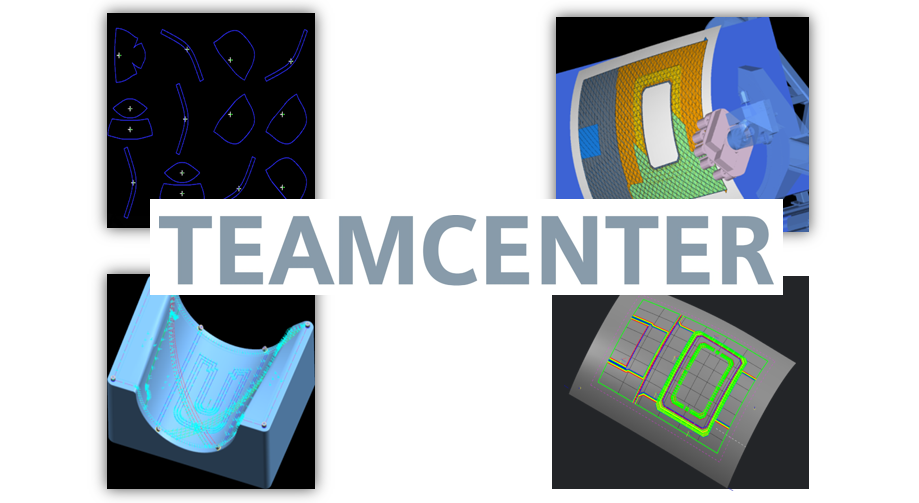 |
|
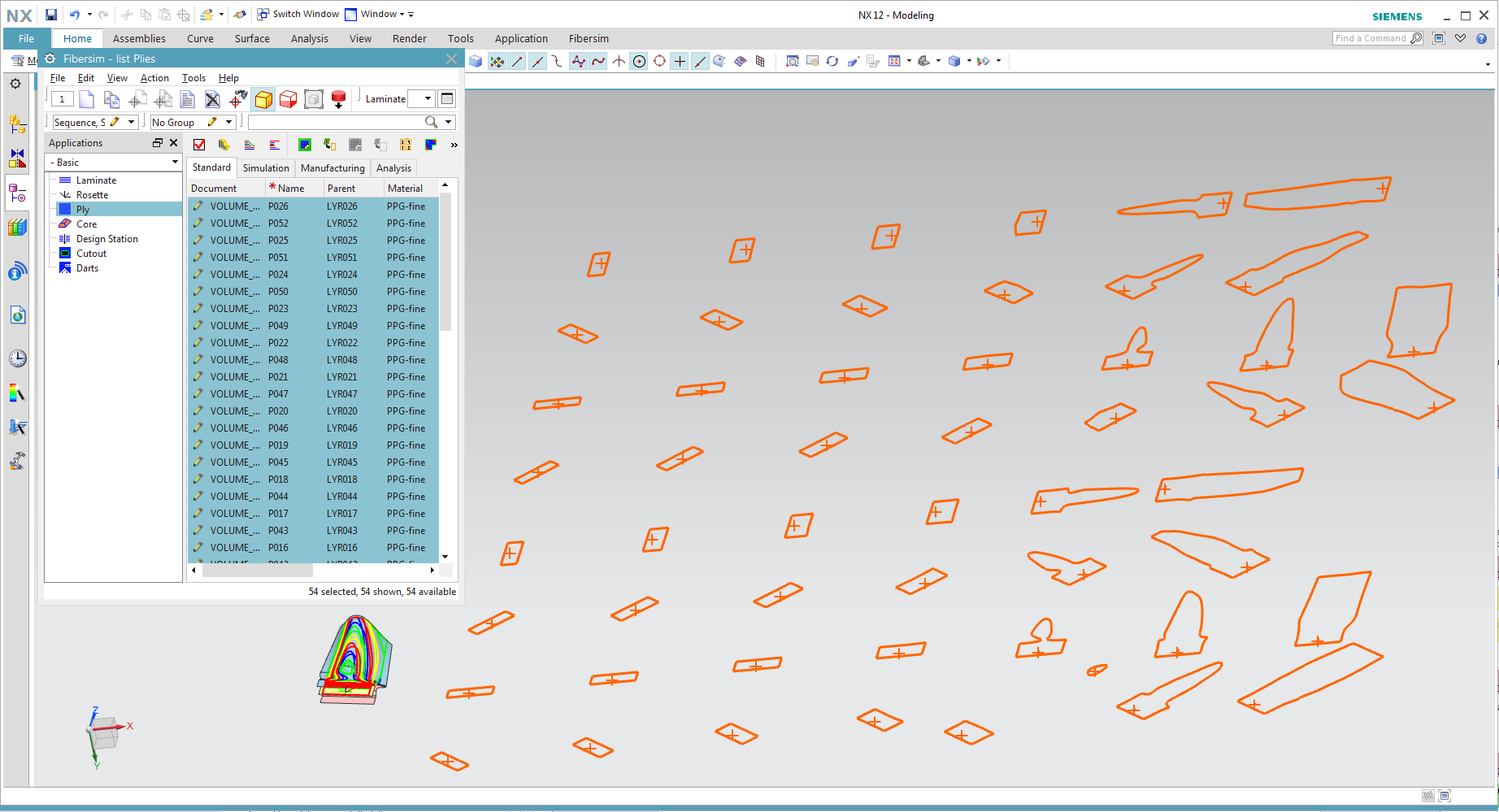 |
Flat Pattern Export
Flat pattern template generation for composites is a time consuming and error prone process left in large part up to trial and error. The Fibersim Flat Pattern Export module eliminates the bulk of work associated with this task through the reuse of engineered composite definition to automatically generate 2D flat pattern data files. These automatically generated files can then be efficiently imported into any common commercial nesting or automated cutting system. Existing attributes from the ply definition are included such as part name, ply name, material orientation and sequence, and markers used to assist in layup. |
|
Laser Projection Automation
The Fibersim Laser Projection module automates the generation of data required for laser projection systems to significantly increase manufacturing productivity, reduce errors, and make it easy to update and maintain laser projection data. These data files automatically include ply names, boundaries, origins, orientations, material properties, and names. This data can then be used for layup and ply verification to identify issues at the earliest point in the manufacturing process. |
|



